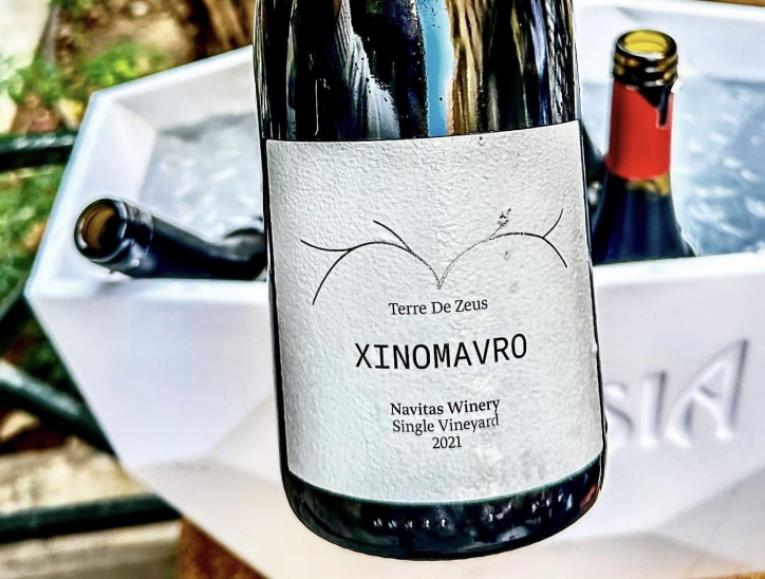Xinomavro the transformation
By Yiannis Karakasis MW
The 1st November signifies the celebration of international Xinomavro day. I see such occasions as the perfect opportunity to go deeper into the discussion about Xinomavro and explain its primary characteristics and strengths.
Xinomavro is a variety that has been transformed, as I explain in the video below. The ‘rustic’ expressions of the past, in which Xinomavro was uniformly characterised by aromas of dried tomatoes and relentless tannins, have dwindled. Instead, the wines have developed into more charming and direct examples while still maintaining the essence of the variety. In addition, grape ripening has improved, and the measures of pH and acidity confirm this. Indeed, progress has also been made both in the vineyard and the winery. These factors have made Xinomavro less sour and more fruity with fuller mid-palate.
A few years ago, I interviewed Yiannis Voyatzis, manager of Boutari winery. “To begin with, identifying Xinomavro wines as astringent is incorrect phrasing. I don’t understand what is meant by Xinomavro being astringent. A fundamental principle in oenology is to learn how to make wines that do not have defects; astringency is a fault to a certain extent. Tannins are not an issue when worked properly and set within a balanced whole with a fruity core. In my mind Naoussa is akin to a thoroughbred horse; it elevates wines in an indefinable way. A well crafted Naoussa wine has intensity and nobility displayed by fruit aromas on the nose and palate, not herbaceous aromas and those of tomatoes. It is aromatic dynamite, especially with an ageing and high phenolic richness on the palate. Now grapes ripen better, and this is why we see pH levels of 3.40-3.45, or even higher”.
Xinomavro has developed into a swan, and this is something that needs to be communicated. Aromatically speaking, it is a transporter variety. It immediately transports you to Greece (and upon inspection of its other structural elements to its area of production) with its aromas of cherry, sun-dried tomato, thyme and olive paste. All its flavour is concentrated in these individual elements. I wonder why chefs have not invested more in recipes that take the above into account. It’s never too late.
Two more essential elements in the Xinomavro story are that it is inextricably linked to the place where it grows (terroir) and ages exceptionally well for decades. To refer to the first, six primary regions produce Xinomavro: Naoussa, Amyndeo, Goumenissa, Rapsani, Siatista, and Velvendo. Each gives very different results.
In Naoussa, structured, powerful and tight; requires more ageing than the wines of the other regions.
In Amyndeo, elegant, sometimes almost ethereal and silky.
In Siatista with exceptional fruit purity, brightness and intensity.
In Velvendo, fruity and charming.
In Rapsani and Goumenissa, it depends on the percentage in the blend, but juicy, ripe and fragrant.
As for the second (ageing potential), lucky people show patience and give it time. They will undoubtedly be rewarded. The wines made from Xinomavro and any of the Greek varieties, for that matter, are unique. They are like no other in the world. In previous articles, I have made a point that relating Xinomavro to Nebbiolo and Barolo is very convenient and may not be completely avoidable.
Nevertheless, wouldn’t it be more apt to end this association and refer only to Naoussa, Amyndeo, etc.? I would vote for this, and I feel proud of whatever Greek varieties are (or are not) in their own right. On the other hand, Xinomavro remains a capricious variety both in the vineyard and in the winery that requires hard work to produce a remarkable result. This is its main challenge. Once this is overcome, the wines produced will be even more distinctive.
Illustration by Manolis Moumalidis (MouMa)




